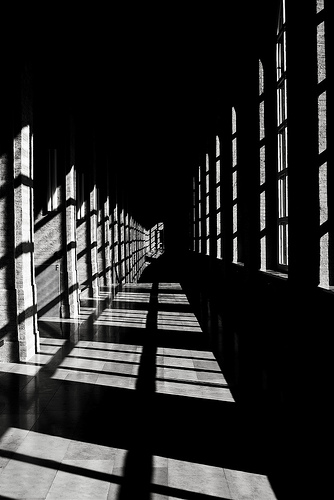New visualisations map household income by rail stops in Chicago, Portland, Atlanta and D.C.

A city’s transit system is like its backbone. The web formed by intersecting train lines is unique to every city, and each stop on each branch reflects the character of the neighbourhood it runs through. A recent New Yorker project used the city’s subway stops as portals through which to examine income inequality. New visualisations by MIT Media Lab‘s You Are Here project do the same for four other cities: Chicago, Portland, Atlanta, and Washington, D.C.
By analysing Census data in the half-mile radius around each rail transit stop, the researchers captured income variations of nearby residents. If we look at Washington, D.C., for example, households near Green Line stops have a lower average median income than do those closer to other metro lines. The Green Line runs through several poor D.C. neighbourhoods, including Anacostia.

The Orange Line, meanwhile, travels through some of the wealthiest neighbourhoods, and as a result the average income for this branch is the highest in the system. But on a closer look, the Orange Line graph also reveals a broader pattern of income distribution: western stops (like West Falls Church) tend to be in higher-income areas than eastern stops (like Minnesota Avenue.) This geographic trend actually holds true across all the D.C. Metro lines.
From our partners:

Similarly, visualisations for Chicago, Portland, and Atlanta also offer a broad sense of how income distribution changes as you’re traveling on a certain line in a given transit system. Take a look at Green Lines in all three cities (below).They all travel through poor neighborhoods and have the lowest average household income compared to other lines in the same system. Coincidence?


This article originally appeared in CityLab.
















